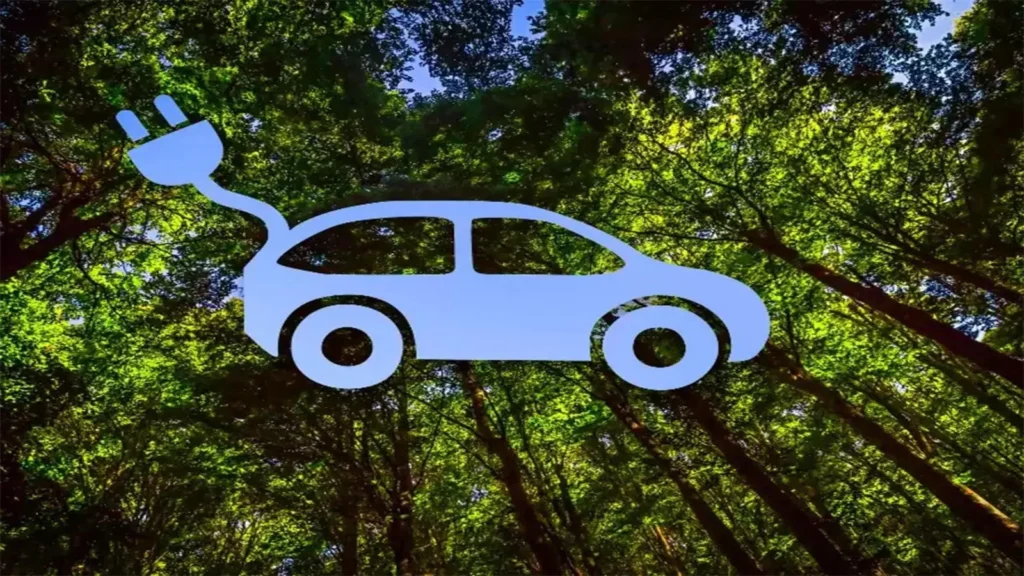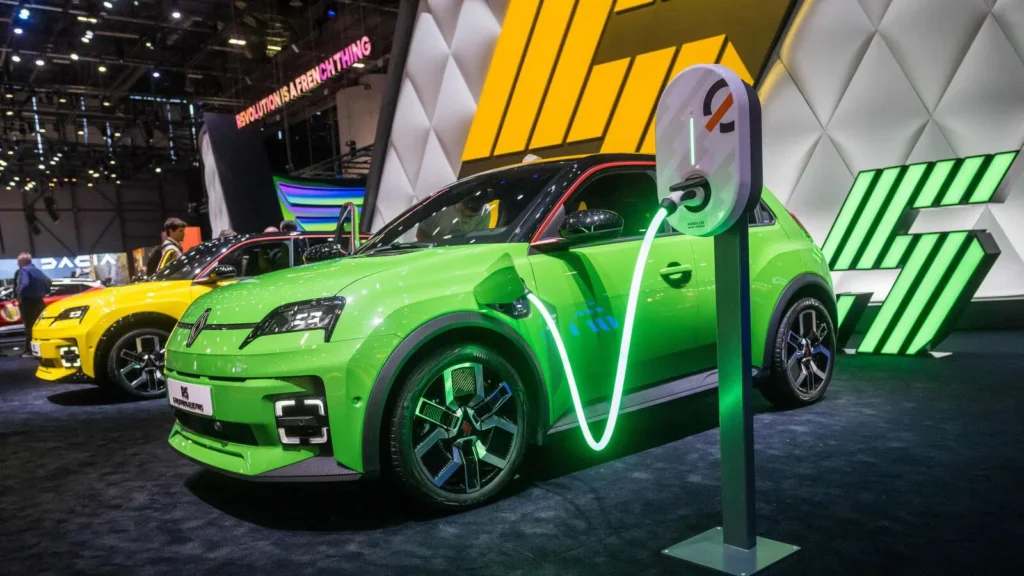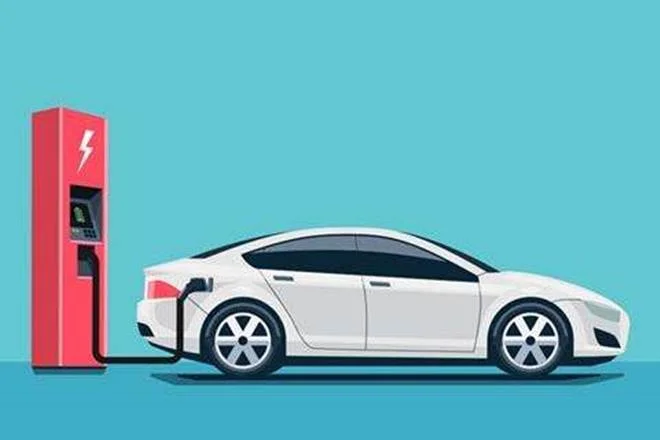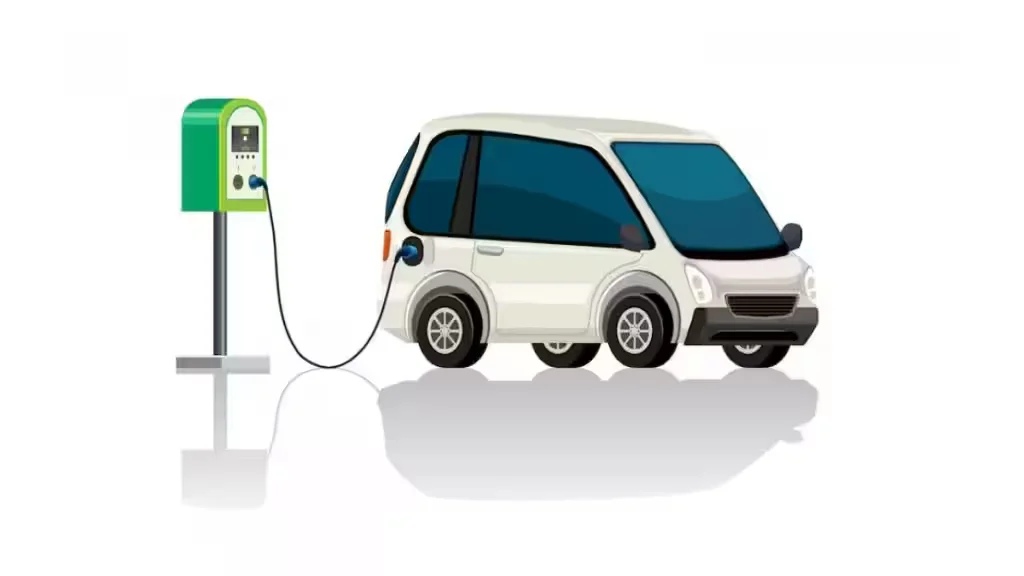Sweden’s electric vehicle (EV) market is experiencing a surge in popularity, with plug-in EVs capturing a record 56.9% share in April 2024. However, there’s a hidden story within this seemingly positive trend.
Battery Electric Vehicles (BEVs) Struggle Despite Growth
While the overall EV market expands, BEVs, considered the most sustainable option, saw a slight 2% dip year-over-year. This can be attributed to several factors:
- High Prices: Stellantis models, for example, are excessively priced, hindering BEV adoption.
- Manufacturer Reluctance: Some manufacturers, including Stellantis, Renault, and Nissan, seem hesitant to fully embrace electrification, prioritizing sales of traditional gasoline cars.

Plug-in Hybrids (PHEVs) Shine But Raise Concerns
PHEVs, which can run on both electricity and gasoline, are experiencing a 26% growth. While this seems positive, it raises concerns about long-term commitment to electric mobility. PHEVs can be used primarily on gasoline, undermining the environmental benefits.
Bright Spots Emerge: Geely Leads the Charge
Geely, with its brands Volvo, Polestar, and Lotus, stands out with significant BEV growth. The Volvo EX30 even claimed the title of March’s best-selling BEV. This demonstrates a strong commitment to electric mobility by a major player.

Regulatory Push Needed: Zero-Emission Mandates on the Horizon?
Following the UK’s lead, Sweden might consider a zero-emission vehicle (ZEV) mandate. This would force manufacturers to sell a minimum number of BEVs, accelerating the transition.
Incentives and Policy: A Nuanced Approach
Mobility Sweden proposes VAT exemption on electricity at public chargers. This, coupled with a comprehensive policy framework promoting decarbonization, could significantly boost EV adoption.

Also: 2024 Nio ES8: A Blend of Style, Comfort, and Cutting-Edge Tech
The Road Ahead: Challenges and Opportunities
Sweden’s EV market showcases the complexities of the global electric transition. Pricing, regulations, consumer preferences, and innovation all play a role. While challenges exist, the promise of a cleaner future fueled by sustainable mobility remains a powerful motivator.
